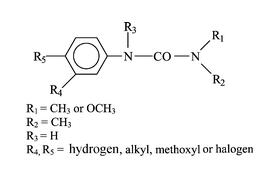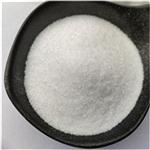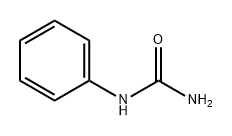Photochemical behaviour of phenylurea herbicides
Aug 19,2019
Description
Phenylurea herbicides are a group of pesticides used for general weed control in agricultural and nonagricultural practices"for example, along railroads, utilities, rights- of-way, and in industrial areas. These are now manufactured and distributed under the names of anisuron, buturon, chlorbromuron, chlortoluron, chloroxuron, difenoxuron, diuron, fenuron, fluometuron, isoproturon, linuron, methiuron, metobromuron, metoxuron, monuron, neburon, parafluron, siduron, tebuthiuron, tetrafluron, and thidiazuron.
The herbicidal action of these compounds is based on their ability to inhibit photosynthesis. Typical phenylurea herbicides are photosystem II inhibitors.

Degradation of phenylurea herbicides
Degradation of phenylurea herbicides in nature can be a relatively slow process. These pesticides can be decomposed by UV irradiation or by acidic or alkaline conditions. There are four basic types of reactions in the photochemistry of the substituted phenylurea herbicides: photolysis of the C-X bond on aromatics, photoeliminations, photooxidations, and photorearrangements.
Although approximately 20 different phenylureas have been marketed, there is relatively little toxicity information available for most. Diuron, the most common phenylurea, has been among the top 10 pesticides in use in the United States. The acute toxicity potential for all phenylureas appears to be low, with oral LD 50 values typically greater than 1 g/kg.
Photochemical behaviour
The photochemical behaviour of phenylurea herbicides in aqueous solution is highly dependent on the nature and position of substituents on the ring. Most of these herbicides are methylated on the urea moiety, the other substituents are usually halogens or methoxy groups. The main reaction involving the aromatic ring of unhalogenated phenylureas excited at wavelengths shorter than 300 nm is an intramolecular rearrangement, similar to photo-Fries rearrangement, whereas with halogenated derivatives, photohydrolysis is the main transformation pathway.
In the particular case of para-halogenated phenylureas, the intermediate formation of a carbene is observed. When the urea moiety is substituted with a methoxyl group, demethoxylation is a competitive reaction. N-Demethylation or oxidation of methyl groups is also observed, but with a lower yield.
Photooxidation of phenylureas can also be induced by photocatalysis, iron salts or humic substances. In the absence of water, the main route for phototransformation of diuron is the oxidation or elimination of methyl groups. It is entirely possible that a photochemical intermediate could turn out to be more toxic than the initial herbicide.
- Related articles
- Related Qustion
- Phenylurea: properties, applications and safety Nov 16, 2023
Phenylurea has versatile applications but requires proper handling and disposal due to its toxicity.
The invention relates to a synthesis method of tert-butyl bromoacetate, and the synthesis method comprises the following steps of: mixing bromoacetic acid and tert-butyl acetate at a weight ratio of 4:(1-1):1, and completely dissolving bromoacetic acid in tert-butyl acetate; then, feeding the solution into a reactor filled with strong acid type ion exchange resin, controlling the temperature within the range of 30-45 DEG C,....
Aug 19,2019APITelmisartan oral tablet is a prescription drug that’s available as the brand-name drug Micardis. It’s also available as a generic drug. Generic drugs usually cost less than the brand-name version. In some cases, they may not be available in all strengths or forms as the brand-name drug.....
Aug 19,2019APIPhenylurea
64-10-8You may like
- Phenylurea
-

- $15.00 / 1KG
- 2025-12-05
- CAS:64-10-8
- Min. Order: 1KG
- Purity: 99%
- Supply Ability: 200 tons/ year
- N-Phenylurea
-

- $0.00 / 25KG
- 2025-12-04
- CAS:64-10-8
- Min. Order: 1KG
- Purity: 99%Min
- Supply Ability: 3000 tons
- Phenylurea
-

- $10.00 / 1KG
- 2025-12-03
- CAS:64-10-8
- Min. Order: 1KG
- Purity: 99%
- Supply Ability: 10 mt




